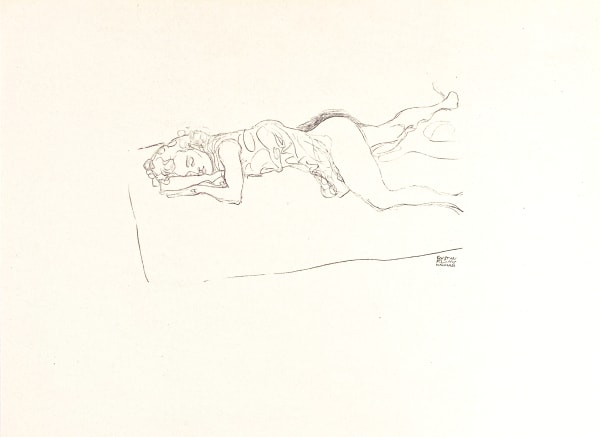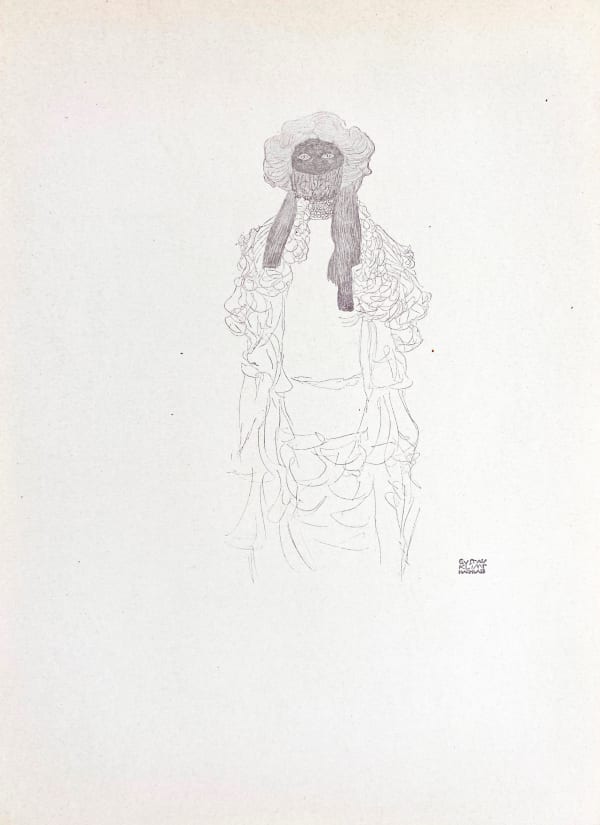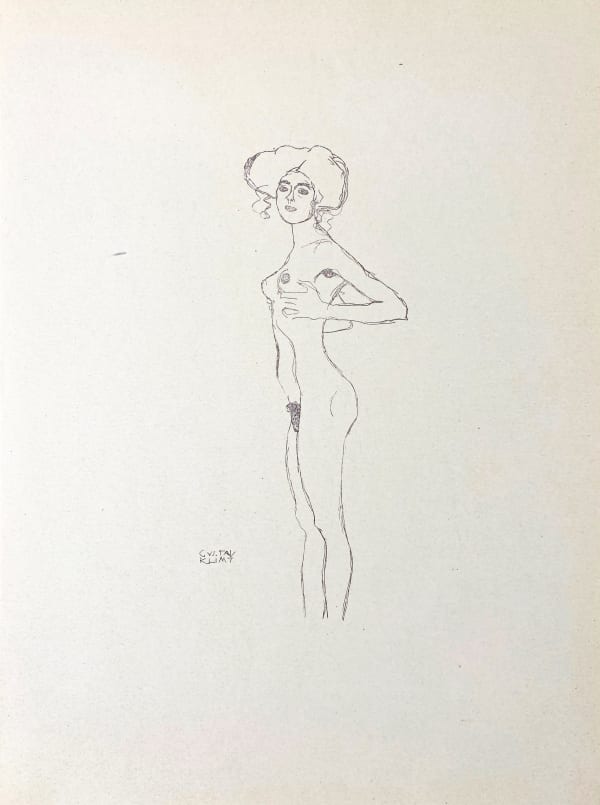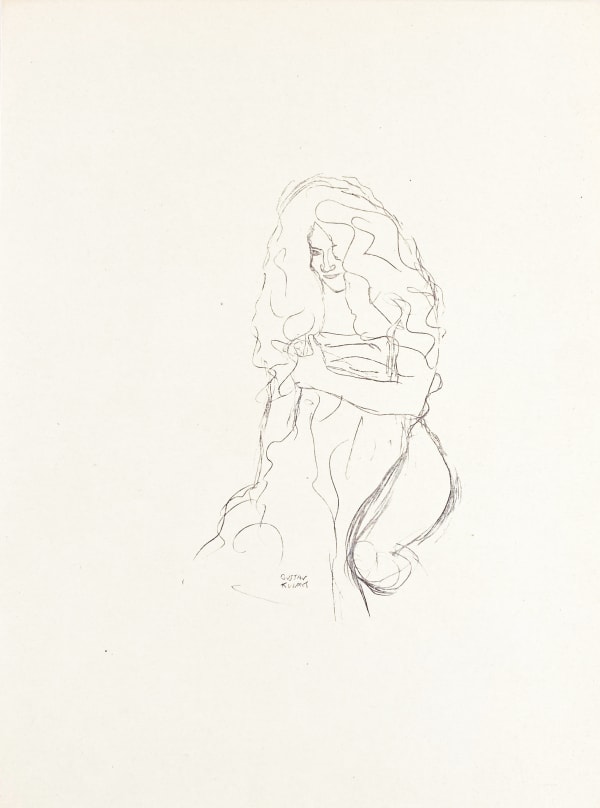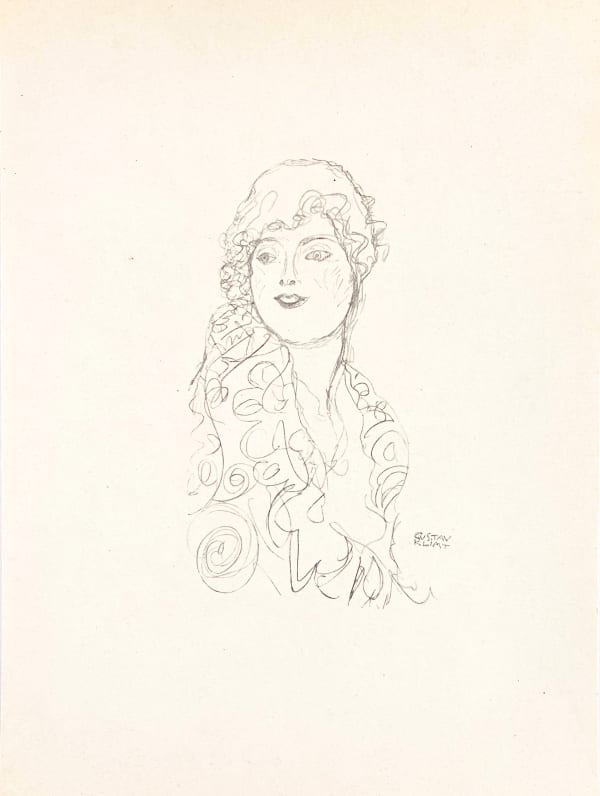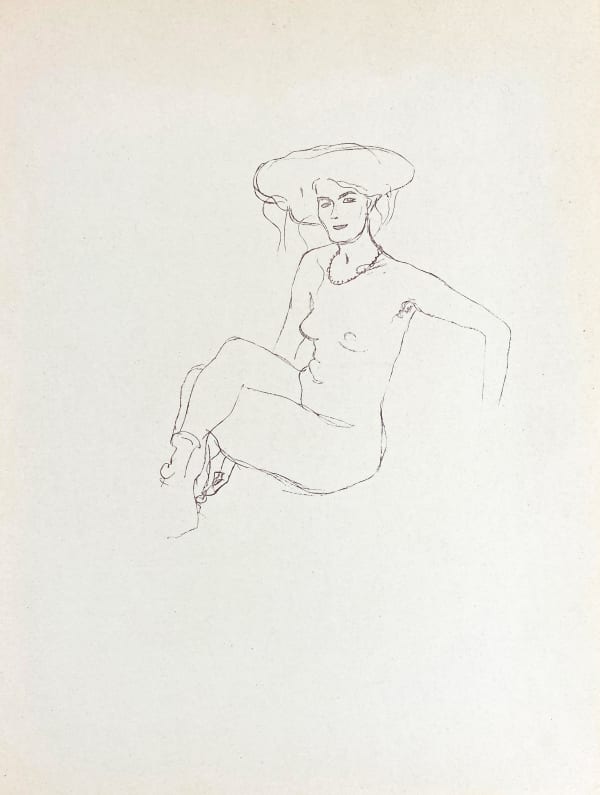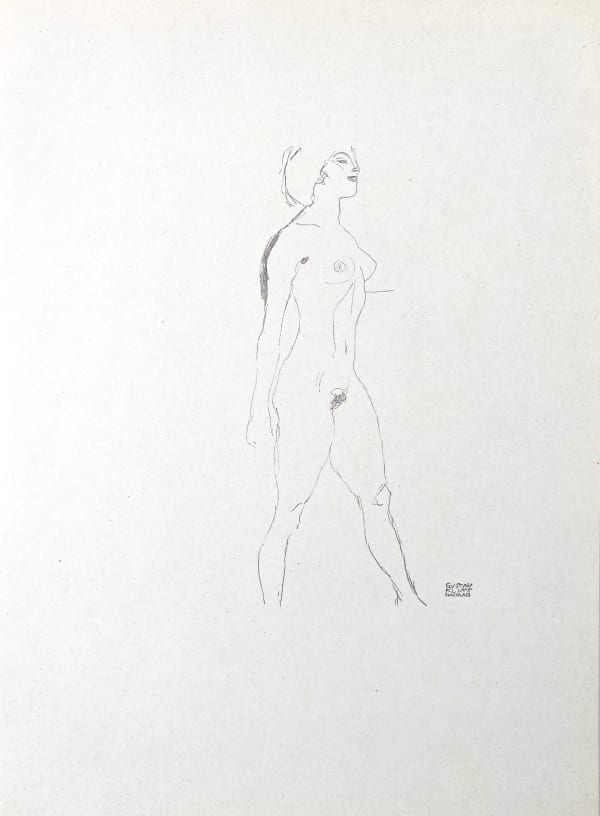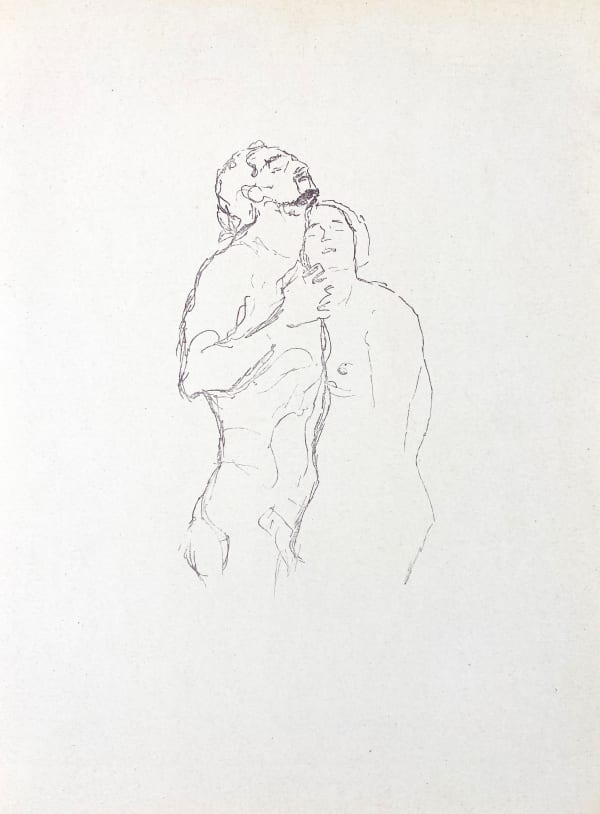Gustav Klimt
“I have the gift of neither the spoken nor the written word, especially if I have to say something about myself or my work. Whoever wants to know something about me -as an artist, the only notable thing- ought to look carefully at my pictures and try and see in them what I am and what I want to do.”
The work of Gustav Klimt is set like a psychedelic jewel in the story of Modern art. His sensual portraits are all perfectly calibrated, with each element executed flawlessly. His genius was built upon a firm foundation; from his earliest days as an artist to his death in 1918, he demonstrated an extraordinary facility for draughtsmanship. Known for the highly decorative style and erotic nature of his works, he rose from childhood poverty to become one of the most successful and sought-after artists of his time.
His style evolved significantly over the course of his career, transitioning from academic historicism to a highly individual form of Symbolism and Art Nouveau. Trained at the Vienna School of Arts and Crafts, Klimt began his career with decorative commissions rooted in classical and allegorical themes, reflecting the conservative tastes of the day. However, by the 1890s, influenced by contemporary movements and a growing disillusionment with academic art, Klimt co-founded the Vienna Secession, seeking to break away from traditional norms. His style became increasingly ornamental and experimental, characterized by flat, decorative surfaces, elaborate patterns, and a sensual treatment of the human figure. This reached its height in his “Golden Phase,” where he used gold leaf to create luminous, iconic works such as The Kiss (1907–08), blending Byzantine influence with modern eroticism. Later in his career, Klimt moved toward a freer, more expressive use of color and line, foreshadowing elements of Expressionism and revealing a persistent engagement with the psychological and symbolic dimensions of portraiture and allegory.



